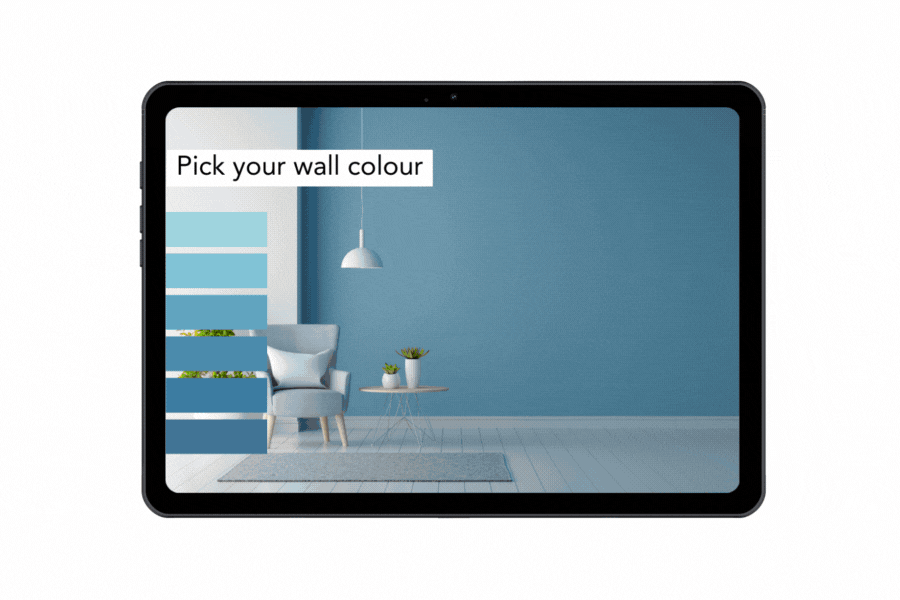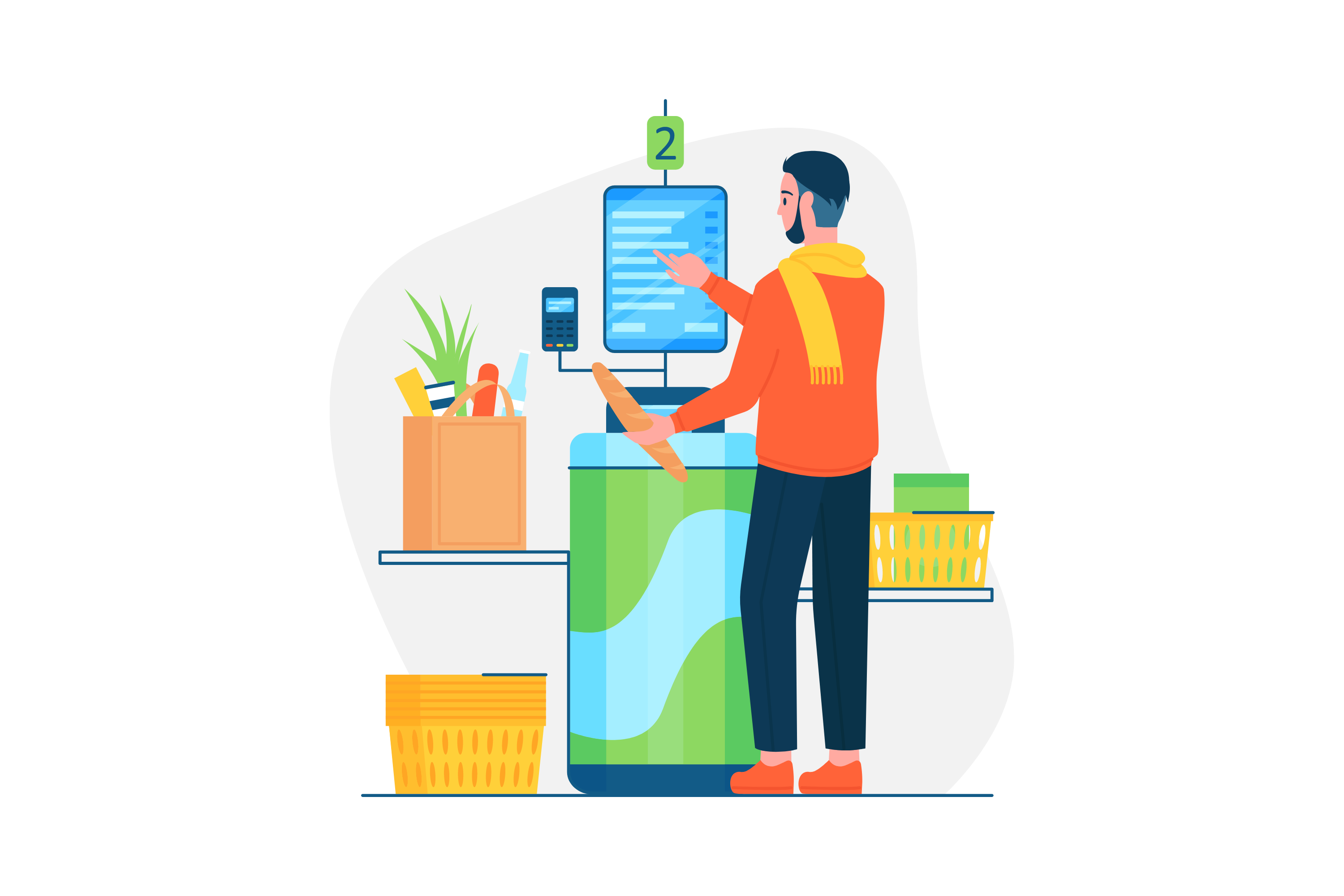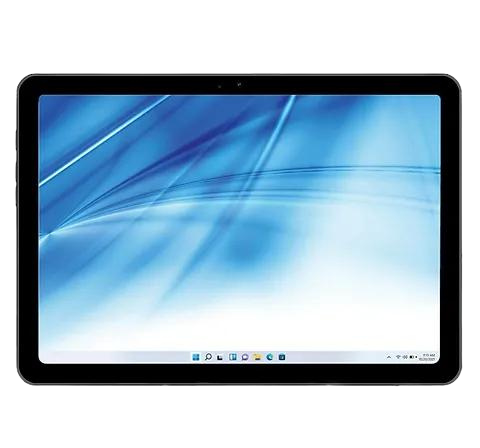
Is frictionless retail BS?
Being strategic about your interaction points will rub customers the right way
April, 12, 2024
In some instances, maximising throughput is indeed desirable
There are other cases where friction is a crucial and welcome aspect of retail
An adaptive approach is arguably the best-case balance of convenience and interaction
If you walked into a store, grabbed a few items from the shelf and walked straight out again, wouldn’t you be shoplifting? Not if there was advanced AI tracking the products you picked up, automatically performing a checkout service and using biometrics to charge your preferred payment method. What would otherwise be a crime becomes an example of frictionless retail in its purest form.

According to a report published by PwC, more than 40% of people surveyed would be prepared to pay extra for products that could be bought more quickly and effortlessly. In this report, the frictionless model is described as “the future of shopping” and there is a strong emphasis on how retailers can embrace and drive its uptake.
But a little like Schrödinger’s cat, the ‘shoplifting’ comparison illustrates that there may be a component of absurdity involved in an otherwise seemingly logical retail process. Because when it comes to retail, the path of least resistance does not necessarily equate to the best possible customer journey.
The benefits of express service
Imagine a stadium packed with music lovers or sports fans, at a moment when there is a break in the action and people want to purchase fast food. In this situation, moving people through the checkout at the swiftest possible rate is a highly desirable goal. Ideally, the line will go straight in, then straight out, as the crowds purchase their refreshments without being burdened by any unnecessary processes.”
By the same token, consider drive-thru lanes at QSRs (quick-service restaurants), where cars notoriously get backed up -- not only during times of peak service, but regularly throughout the day. One improvement rolled out by quick-service burger chains is the concept of dual-lane drive-thru: it’s a way of reducing friction, and in this case, creating greater opportunity for revenue. It also improves the customer experience, as people don’t have to wait as long or get frustrated while queuing in an epic river of vehicles.
The registers are still staffed by people taking orders, but the addition of camera AI helps track the movement of cars, and the process-driven kitchen meshes smoothly with this improvement in fluid dynamics. And when customers wave their phone at the point of payment, a lightning-fast NFC (nearfield communication) transaction removes yet another friction point.
No retail exists in a vacuum
From one perspective, frictionless retail is the idea of treating your customer as a commodity. There is truth in this, but truth doesn’t make it right; just because customers’ money drives your business, doesn’t mean they’re simply walking paycheques. Applying the ‘platinum rule’ and keeping the customer experience and the staff journey front of mind will reliably translate to loyalty and revenue.
The reality of human behaviour means there is always going to be some aspect of retail or hospitality that could be described as ‘friction’. We don’t live in a vacuum; the only truly frictionless interactions occur in outer space. Bringing our attention back to McDonald’s, consider how the self-serve kiosks’ GUI (graphical user interface) is designed. Above all, it is user-intuitive and provides a satisfying, frustration-free experience.
But simultaneously, a key aspect of the user pathway includes a subtle endeavour to upsell the customer, since adding more items to the basket is going to create more revenue. This means McDonald’s must tread a very delicate balance of including just enough friction to maximise each transaction, while keeping the process adequately stress-free so that customers aren’t alienated.
Creating strategic friction
From fashion stores to luggage retailers, the best place for staff is out among the customers rather than being stuck behind the counter -- the Great Wall of Retail. The idea of salespeople interacting with customers is not consistent with the vision described by PwC, yet even their statistics note that the majority of customers still value a traditional model. Just as e-readers have not rendered physical books obsolete, there will probably always be a desire for the attention salespeople can lavish on their customers.
People have questions that only an experienced sales assistant can answer, and so far AI has still not been able to equal this. Visitors to a brick-and-mortar store want to compare products, they want to see alternatives, and adaptive retail augments these opportunities with a personalised digital service. It’s a little like using technology such as an advanced POS tablet while interacting with customers to offer ‘everything, everywhere, all at once’ -- including an online-like experience.
Adaptive retail recognises that the ability to physically try on clothing, touch and see physical products, is as irreplaceable as the guidance of a trained salesperson. These aspects of the customer journey are more complex than simply walking in and then walking straight out, and when enhanced by technology, add up to a rich and rewarding retail experience.

Element’s years of experience working with retailers and hospitality businesses enable us to explore with you where to strategically introduce friction, and conversely, where (as well as how) to eliminate it. Contact us to discover how you can equip your staff with technology that will allow them to indulge your customers in an adaptive retail experience that is second to none.


